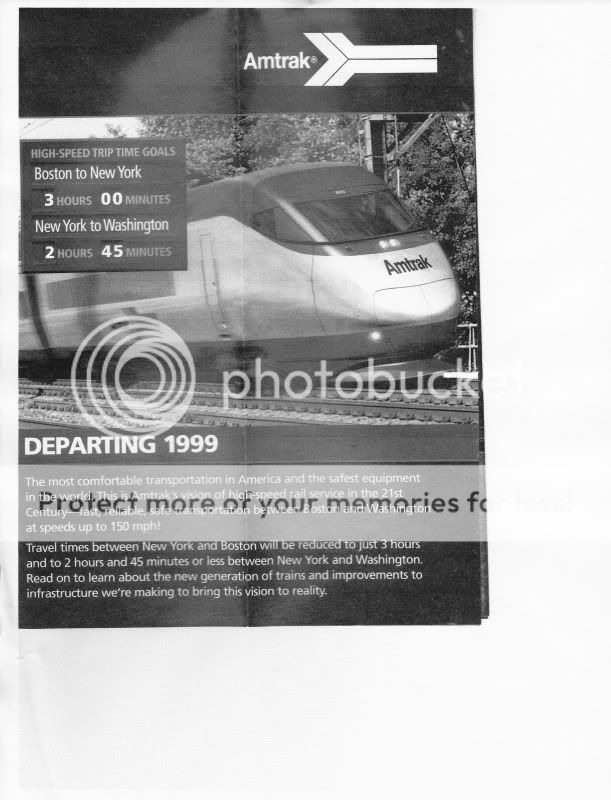Discussion of European reconstruction after the second World War is a red herring.
The article dances around many legitimate and correct points, but the evidence presented fails to support the conclusions.
That said, in fairness, what the Northeast Corridor really needs is further (and continuing) incremental improvements, adding capacity, removing bottlenecks and 'slow sections', and generally maximizing the utility and efficiency of the railroad to the extent both possible and practical. But Amtrak has never had a budget for this, beyond doing little more than 'just enough' to accommodate the new trains (in fairness, Acela has worked as a marketing strategy, as will the new trains). Leasing flashy new trainsets is the easy part; What is difficult is persuading a (often critical) Congress to fund all the (mundane) infrastructure which supports the service; New trains are sexy and an easy sell, new tunnels and rebuilt roadbed aren't. It's a bit like the middle-aged guy who buys a new Porsche instead of using the money to fix the leaky roof on the house.
The exact same problem exists across the nation, where true high-speed rail is not what the market really needs. Time and again "new" dedicated high-speed lines are proposed at a cost of billions, when for a fraction of that the existing railroad could be incrementally improved to better meet the needs of the travelling public. People may not truly be in "that big" a hurry, but often they think they are; Again, it is a very difficult sell for plain, "boring" conventional passenger rail (though ultimately improved to higher speeds) that a given region really needs compared to the flashy Acela (or similar) that they think they want.






